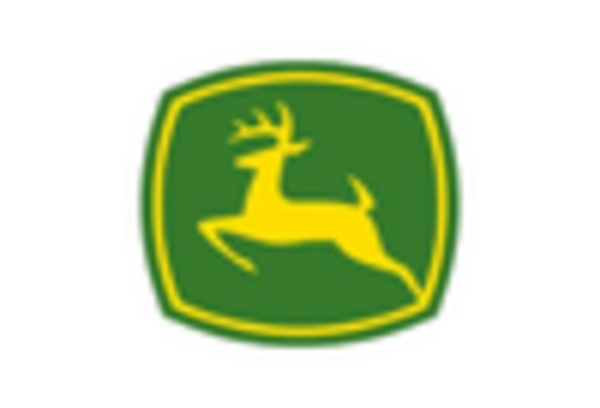Internet of Things in Farm Management Market Summary
As per MRFR analysis, the Internet of Things in Farm Management Market was estimated at 9.982 USD Billion in 2024. The IoT in Farm Management industry is projected to grow from 11.02 USD Billion in 2025 to 29.76 USD Billion by 2035, exhibiting a compound annual growth rate (CAGR) of 10.44 during the forecast period 2025 - 2035.
Key Market Trends & Highlights
The Internet of Things in Farm Management Market is experiencing robust growth driven by technological advancements and a shift towards sustainable practices.
- The market is witnessing increased adoption of precision agriculture, particularly in North America, which remains the largest market.
- Integration of advanced analytics and AI is becoming prevalent, enhancing decision-making processes across various farming operations.
- There is a growing focus on sustainable practices, especially in the Asia-Pacific region, which is recognized as the fastest-growing market.
- Key drivers such as enhanced crop monitoring and management, along with automation and labor efficiency, are propelling growth in both precision agriculture and livestock monitoring segments.
Market Size & Forecast
| 2024 Market Size | 9.982 (USD Billion) |
| 2035 Market Size | 29.76 (USD Billion) |
| CAGR (2025 - 2035) | 10.44% |
Major Players
John Deere (US), Trimble (US), AG Leader Technology (US), Topcon Positioning Systems (US), DeLaval (SE), Raven Industries (US), Lindsay Corporation (US), AG Leader Technology (US)


















Leave a Comment